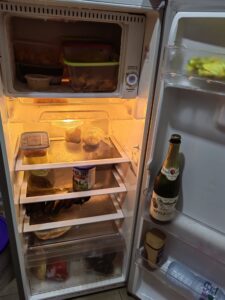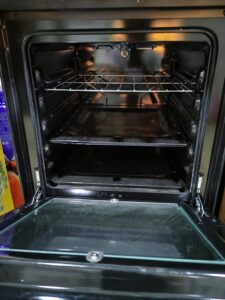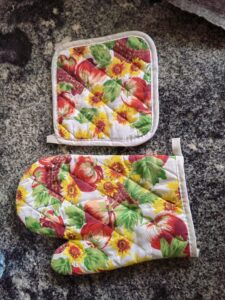Introduction: The kitchen is the heart of every home, where delicious meals are prepared and families gather. However, it’s also a place where germs can thrive if proper hygiene practices are not followed. Maintaining a clean and hygienic kitchen is crucial for ensuring the health and well-being of your loved ones. In this blog, we will explore some essential tips for maintaining kitchen hygiene and creating a safe cooking environment.
- Wash Hands Frequently: One of the fundamental rules of kitchen hygiene is to wash your hands regularly. Hands come into contact with various surfaces and can harbor harmful bacteria. Wash your hands with warm water and soap for at least 20 seconds before and after handling food, especially raw meats, poultry, and seafood. It’s equally important to wash your hands after using the bathroom, handling garbage, or touching pets.
- Keep Surfaces Clean: Kitchen surfaces, such as countertops, cutting boards, and utensils, can harbor bacteria if not cleaned properly. Clean these surfaces with hot, soapy water after each use to remove food residue and potential contaminants. Use separate cutting boards for raw meats and fresh produce to prevent cross-contamination. Consider using a food-safe disinfectant regularly to further eliminate bacteria and viruses.
- Maintain Refrigerator Cleanliness: Your refrigerator is a vital appliance for food storage, but it can become a breeding ground for bacteria if not maintained properly. Regularly clean the interior of your refrigerator with a mild detergent and warm water, paying special attention to spills and leftovers. Dispose of expired or spoiled food promptly. Keep raw meats and seafood stored on lower shelves to prevent any drips from contaminating other food items.
- Practice Safe Food Handling: Proper food handling techniques are essential for kitchen hygiene. Ensure that perishable items are refrigerated promptly and stored at the appropriate temperatures. Thaw frozen foods in the refrigerator or using the microwave, never at room temperature. Avoid leaving food out for more than two hours, as it increases the risk of bacterial growth. When reheating leftovers, make sure they reach a safe internal temperature of 165°F (74°C) to kill any potential bacteria.
- Regularly Clean Kitchen Appliances: Appliances like ovens, microwaves, and toasters should be cleaned regularly to prevent the buildup of food debris and germs. Follow the manufacturer’s instructions for proper cleaning techniques. Use non-toxic cleaning products or natural solutions like vinegar and baking soda to remove stubborn stains and odors.
- Dispose of Garbage Properly: Kitchen waste can attract pests and create an unhygienic environment. Use garbage bins with tight-fitting lids to prevent odors and discourage pests. Empty the trash regularly and wash the bins with hot, soapy water to maintain cleanliness. If possible, separate organic waste for composting, reducing the amount of garbage produced.
- Maintain a Clean Sink and Dishcloth: The kitchen sink and dishcloth are often overlooked when it comes to hygiene, but they can harbor a significant amount of bacteria. Clean your sink regularly with hot water and soap, and sanitize it occasionally with a mixture of water and bleach. Change dishcloths and sponges frequently, as they can become breeding grounds for bacteria. Consider microwaving damp sponges for 1-2 minutes to kill germs effectively.
Conclusion: Practicing good kitchen hygiene is essential for promoting a healthy and safe cooking environment. By following these tips and making them a part of your daily routine, you can significantly reduce the risk of foodborne illnesses and maintain a clean and hygienic kitchen. Remember, a clean kitchen is a happy kitchen!
Note: While the information provided in this blog is accurate and up-to-date at the time of writing





No comments yet, be the first to leave one!